How to fix Christmas lights that are half out or don't work at all – and when you're better off replacing them
From locating the fault to fixing broken bulbs, here's how to get your lights back in action


We have all been there. The tree is up and fluffed, the ornaments have been chosen, we plug in the lights, and then – they don't work. Learning how to fix Christmas lights that have given up the Christmas ghost is a DIY skill worth learning.
Knowing how to fix your faulty, broken, or damaged festive lights quickly without having to replace a whole set will help you get your cozy Christmas decor back on track.
From fixing Christmas lights that are half out to repairing a whole strand, here's how to get your Christmas light ideas back up and running.
How to fix your Christmas lights easily
To fix them, it pays to identify what's gone wrong, and there are a few reasons why your Christmas lights may be faulty.
Joel Worthington, president and electrician at Mr. Electric, a neighborly Company begins, 'Indoor and outdoor Christmas lights can falter due to issues like worn-out bulbs, damaged wiring from stress caused by storage and installation and weather exposure, or overloading of the electrical circuits. These factors all contribute to deterioration over time, making breakages inevitable.’
Before setting up your Christmas decor, plug in your lights and check each bulb so you don't waste time hanging Christmas lights around your home just to take them down again to repair or replace them.
When none of the lights work
1. Check the circuit breaker
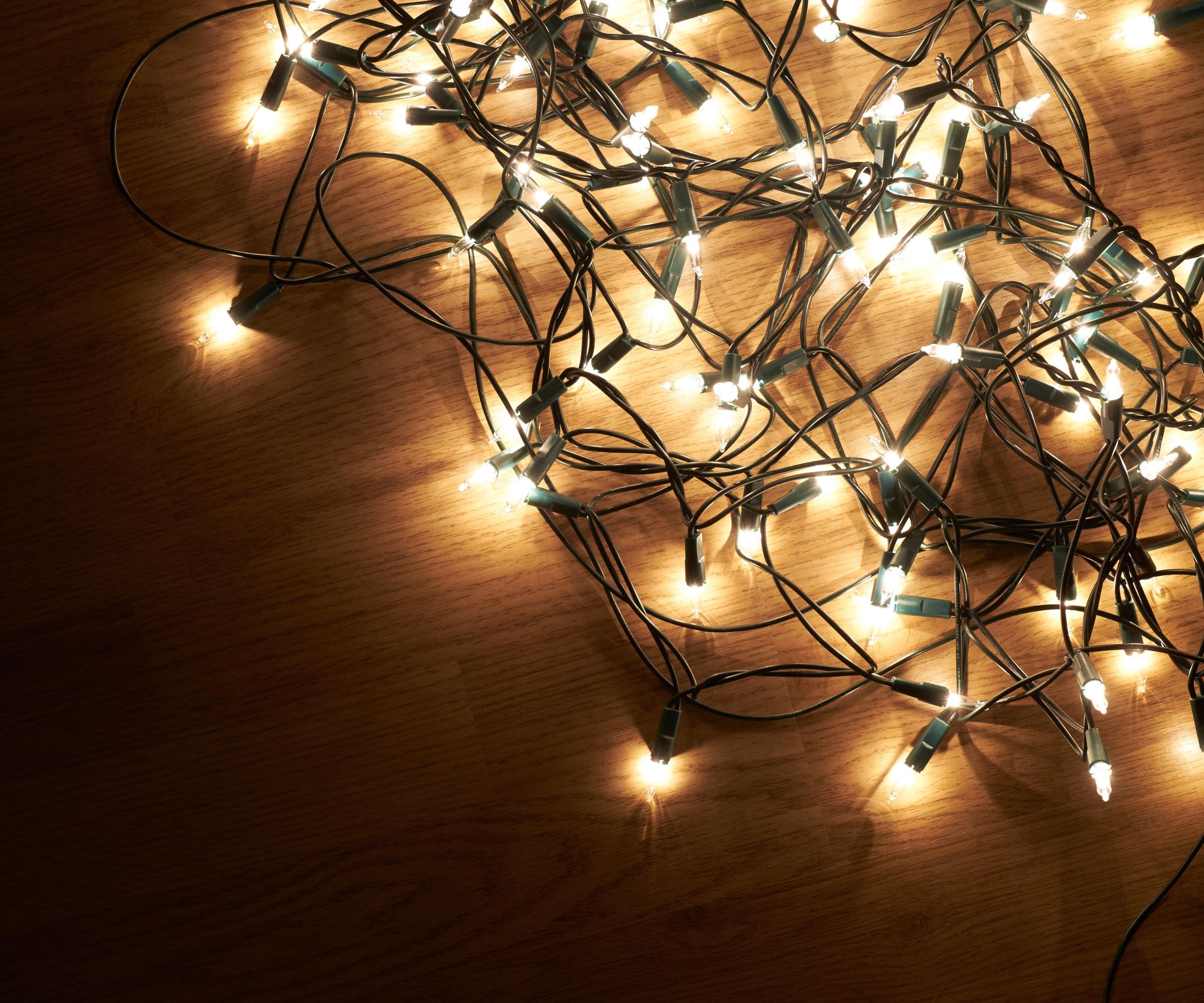
If none of your Christmas lights work, it might be worth checking your circuit breaker first, especially if you have a lot of lights plugged in. Your circuit breaker location will change from house to house, but it is usually in a basement or utility closet.
If a tripped circuit is the cause, flip it back on and your lights should work again.
Jae Ro, an electrician at SIGNAL + POWER warns, however, 'If your circuit breaker continues to trip, this is a sign that you are overloading the circuit. Unplug some of the lights and try again. If the problem persists, consult an electrician.'
Dan Robson, electrician at Hexo Electrical Testing advises that you should always avoid plugging Christmas lights into extension cords for this reason. It is one of the most common Christmas lighting mistakes and Christmas fire risks.
He says, 'Plugging multiple decorations into a single outlet or extension lead can cause an overload, leading to sparks or electrical fires. Spread electrical decorations across multiple outlets to prevent overloading. If necessary, consult an electrician to ensure your home’s electrical system can handle the load.
'Using a surge protector [available at Amazon] can help protect your electrical decorations from sudden voltage spikes, which could otherwise cause damage or increase the risk of fires.'
2. Check the wire
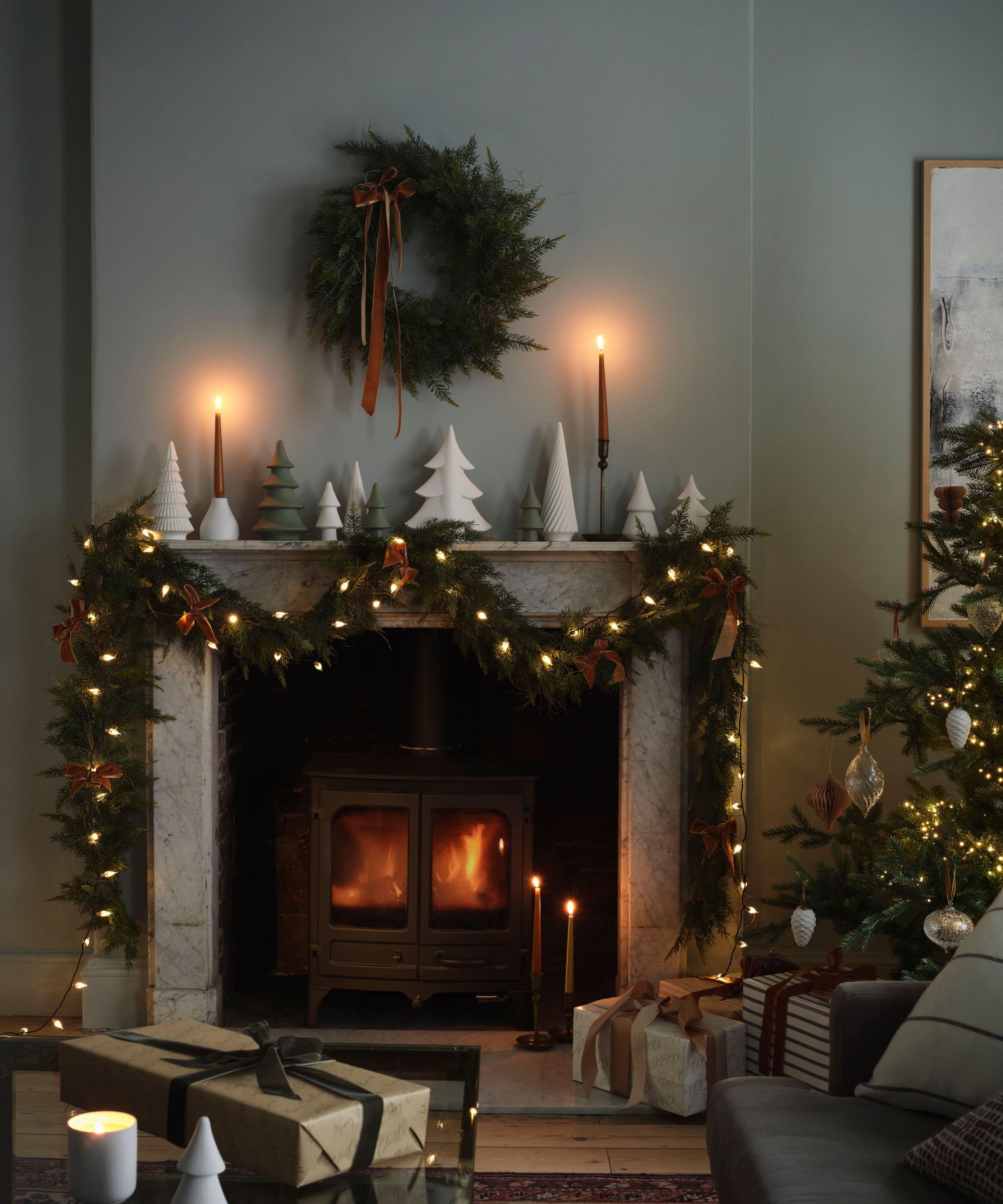
If the circuit breaker is not to blame, the issue could lie with the light wire, electrician, Joel Worthington, says. Unfortunately, this usually means having to replace the whole set, and choosing the perfect Christmas lights, to avoid disappointing Christmas displays and fire hazards.
Dan Robson, electrician advises, 'Check Christmas lights for signs of damage, frayed wires, or broken bulbs before using them. If your decorations flicker, and make buzzing sounds, stop using them immediately. These are all signs that something may be wrong with the device.
'If they show any faults, replace them immediately. If your lights are more than five years old, it may be time to consider replacing them,' he adds. 'Newer lights, especially LED ones, are often more energy-efficient and safer.'
3. Check the light fuse
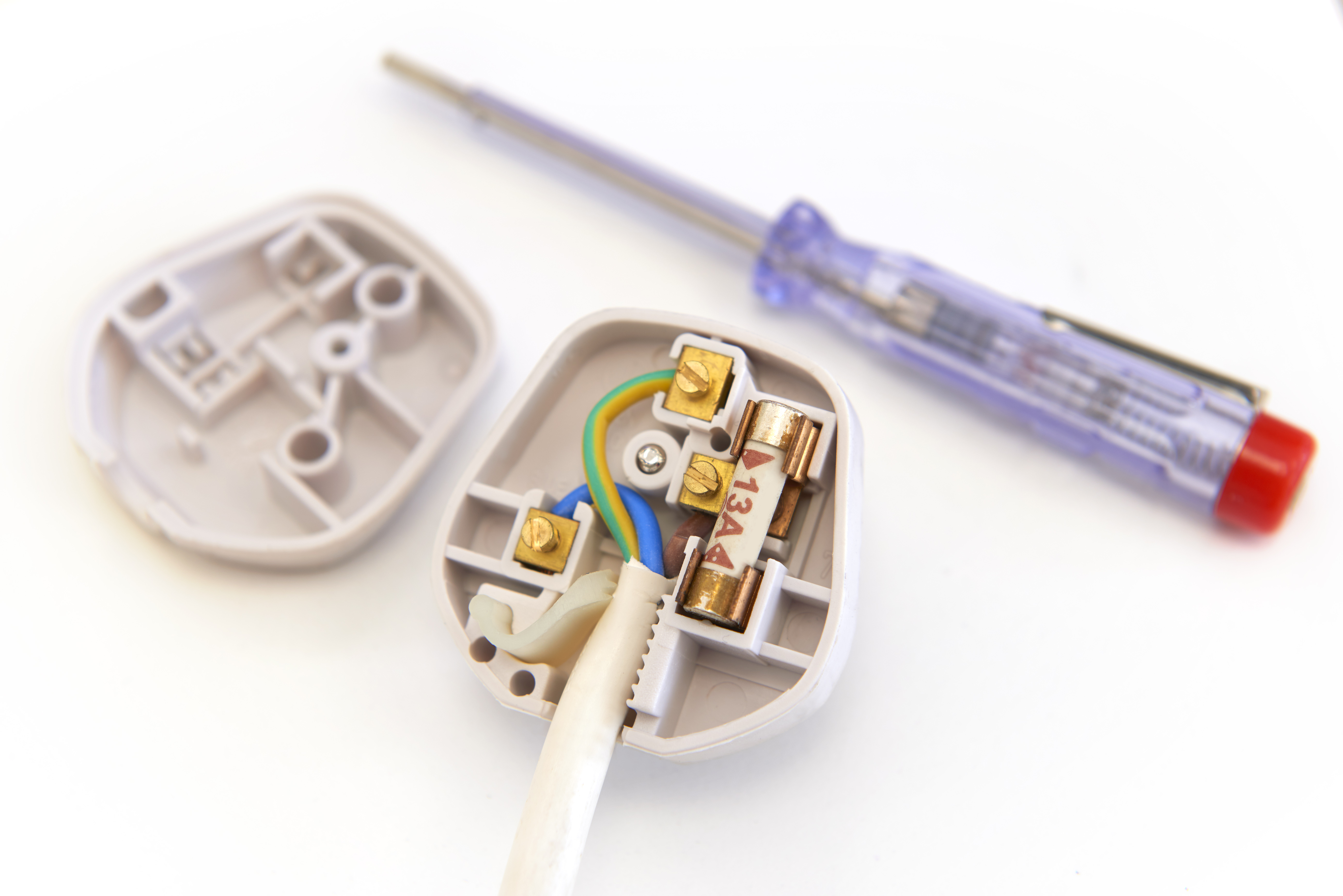
If the wire is fine and the circuit breaker isn't to blame, the final step is to replace the light fuse. This is an essential DIY skill every homeowner should know.
More often than not, the fuse can be found in a compartment in the plug, usually removed using a small screwdriver, available at Target (they are also the kind you ironically find in Christmas crackers).
With the lights unplugged, remove the fuse and replace it with an exact replica (this will also depend on the lights you have). Put the casing back into place and plug the lights in. This should rectify the problem.
If not, it may be wire damage you have missed or a blown bulb early on in the strand.
When only some of the lights work
Replace burnt-out bulbs
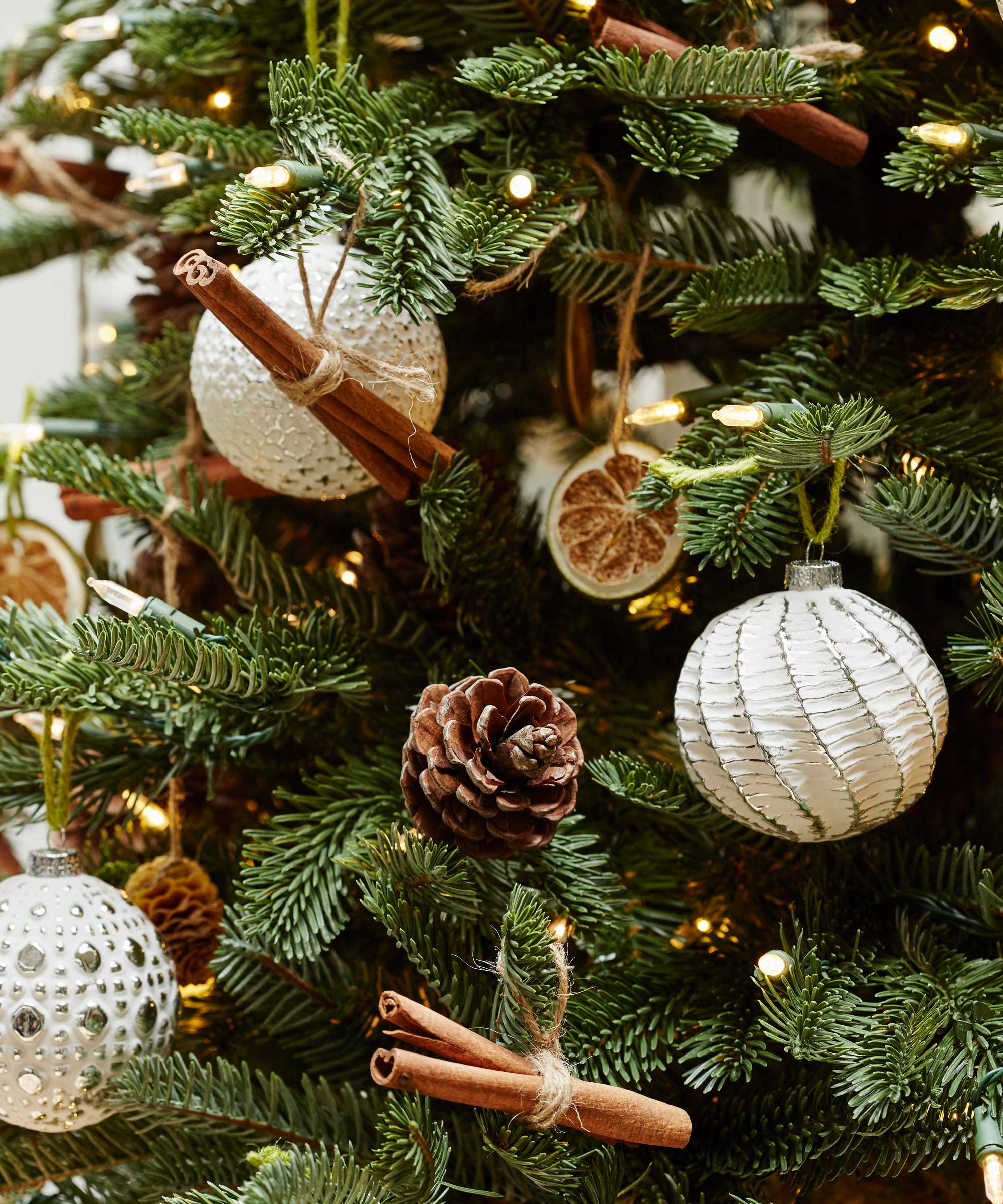
If only a part of the lights are not working, it is likely a blown bulb that is to blame. This is the easiest problem to fix, albeit it tedious.
If you are struggling to find the offending bulb, Jennifer Felix, homemaker, and blogger at The Classy Home, suggests using a light tester, such as this one from Amazon, to help locate the damaged bulb.
She says, ‘These tools are intended to assist you in swiftly identifying the problem with your indoor Christmas lights without the need to test each bulb apart,’ she explains.
If you do not have a light tester, the best way to locate the fault bulb in a string of lights is to use a bulb you know does work and test each socket until the lights turn on. This is a time-consuming process but is the only other way to diagnose the issue.
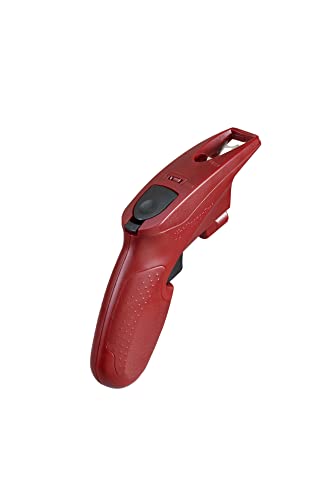
The LightKeeper Pro fixes most incandescent light sets in seconds with the squeeze of a trigger. Simply attach the device to your broken light socket and click the trigger until the lights come on. This package includes a bulb tester, fuse tester, bulb puller, and 10 clear replacement bulbs
Jae Rom electrician adds, 'If you are always replacing bulbs, then you may be having a problem with either your voltage or wiring. First, check the voltage rating of the bulbs and ensure they are correct for your lights. If this problem continues, you will want to consult an electrician or replace the lights with an LED version that is less likely to blow or break.
LED Christmas lights are a little more difficult to repair than older iridescent lights as you often cannot swap out the bulbs. More often than not, a fault with this type of bulb is caused by a faulty wire, more than a broken bulb. It may be that a wire has been broken or frayed when in storage, or there is an issue with the fuse or plug.
These issues can be fixed if you have some understanding of electrics, but it may not be as simple a task for those of us less in the know. We generally recommend replacing the lights altogether.
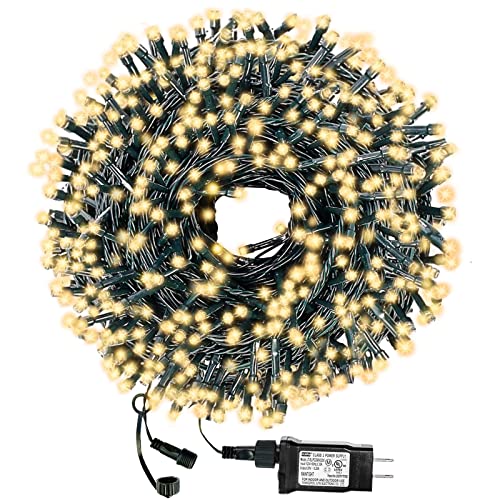
With 105ft of lights, this LED string is perfect for Christmas displays both inside and out, and are less likely to break than older iridescent light strings.
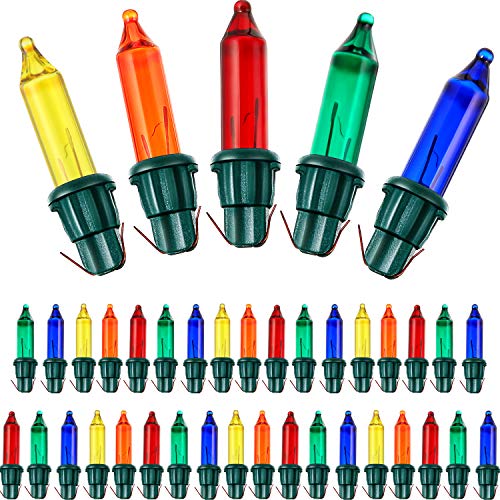
These lights have a choice of black, white, green, and brown bases to fit into any light string seamlessly.
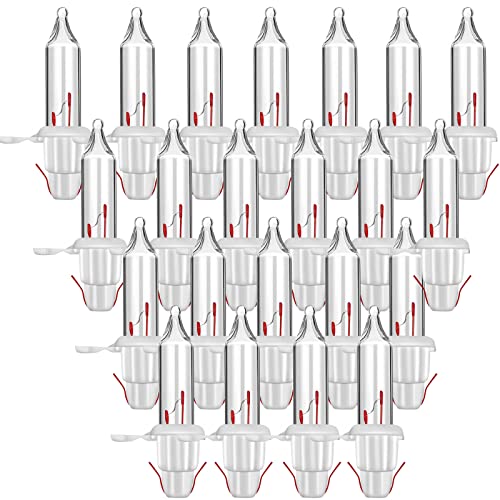
Warm white light bulbs are a great all round Christmas decoration, providing a cozy, comforting glow.
One of the best ways to keep your Christmas lights in perfect working order is to securely organize Christmas decorations for storage with dedicated light storage reels and bags, from Target.
Wind the lights carefully around the reel to avoid bending the wires too severely and place them in a hard case or bag to prevent them from being crushed between uses.
Sign up to the Homes & Gardens newsletter
Design expertise in your inbox – from inspiring decorating ideas and beautiful celebrity homes to practical gardening advice and shopping round-ups.

Chiana has been at Homes & Gardens for two years and is our resident 'queen' of non-toxic living. She spends most of her time producing content for the Solved section of the website, helping readers get the most out of their homes through clever decluttering, cleaning, and tidying tips. She was named one of Fixr's top home improvement journalists in 2024.
-
 5 things people with clean upholstery always do – simple, quick and oh-so-effective
5 things people with clean upholstery always do – simple, quick and oh-so-effectiveEnsure your furnishing looks clean year-round with these expert tips
By Seraphina Di Mizzurati Published
-
 7 native perennials to plant in April – for glorious flowering displays to attract bees, butterflies, and hummingbirds
7 native perennials to plant in April – for glorious flowering displays to attract bees, butterflies, and hummingbirdsDiscover some of the best perennials to plant in April to make your garden a hotspot for wildlife
By Drew Swainston Published
-
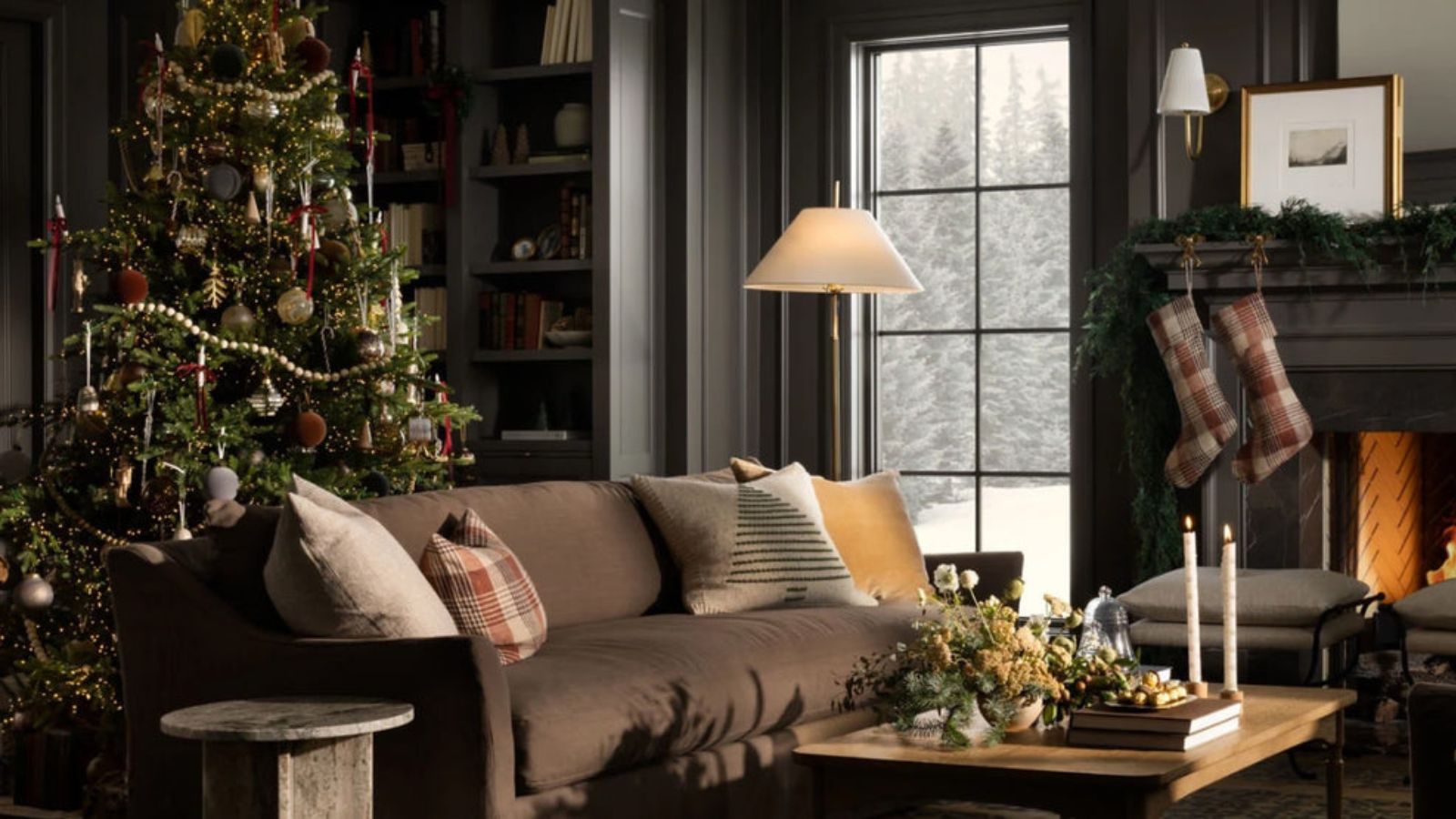 Hit or miss? Experts warn why you should never put a Christmas tree away with the ornaments still on
Hit or miss? Experts warn why you should never put a Christmas tree away with the ornaments still onThis time-saving hack could prove costly
By Chiana Dickson Published
-
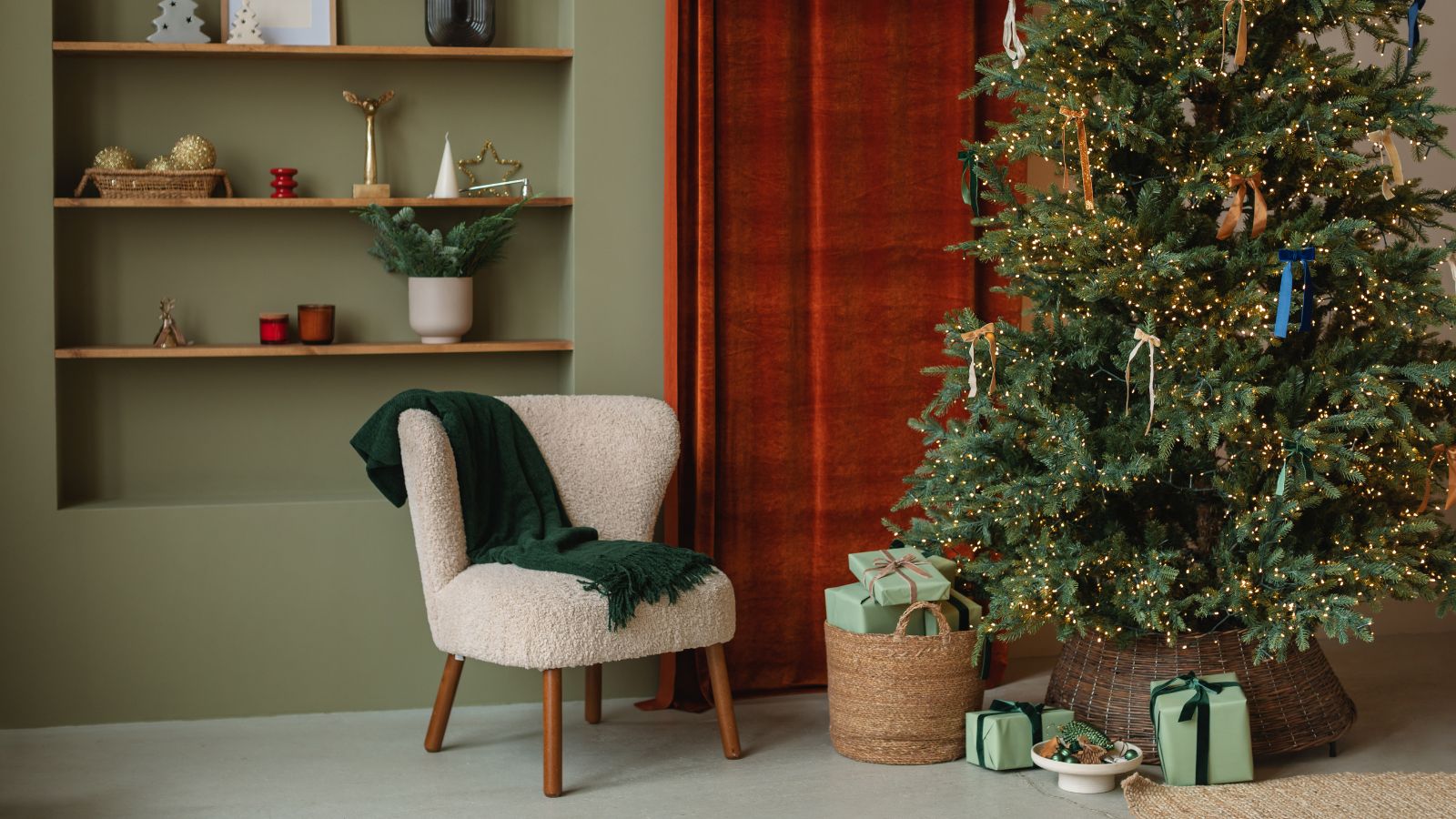 4 brilliant Christmas tree light storage solutions pro organizers swear by to 'avoid the tangle-tornado'
4 brilliant Christmas tree light storage solutions pro organizers swear by to 'avoid the tangle-tornado'Sort out seasonal string lights with ease, with these expert-approved solutions
By Ottilie Blackhall Published
-
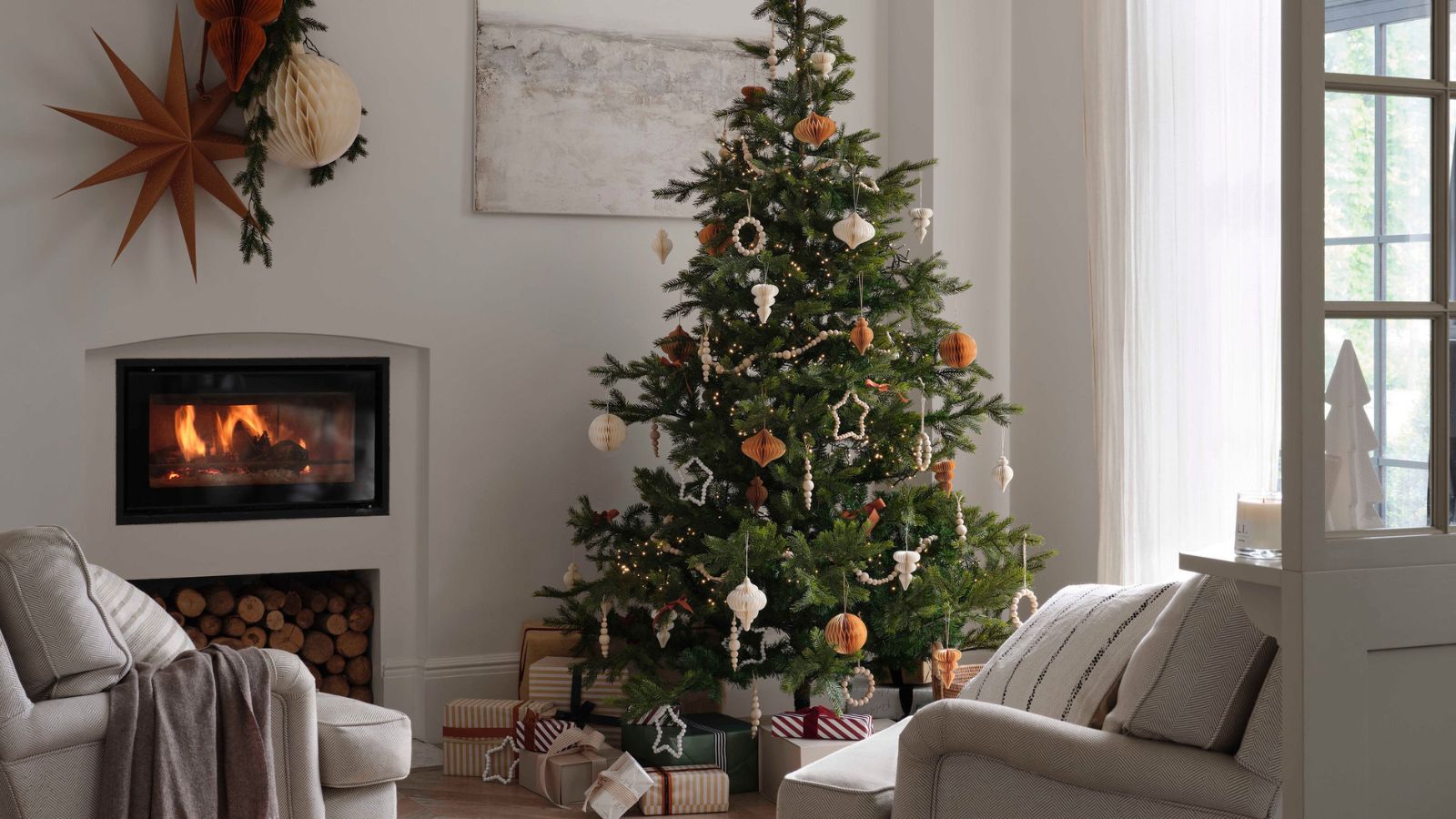 How to clean an artificial Christmas tree to prolong the life of your festive centerpiece, avoid mold and keep it smelling good
How to clean an artificial Christmas tree to prolong the life of your festive centerpiece, avoid mold and keep it smelling goodIt might only be out for a month, but your tree gets dirtier than you realize
By Chiana Dickson Published
-
 5 ways to guarantee your guests always stay warm and cozy when visiting this Christmas
5 ways to guarantee your guests always stay warm and cozy when visiting this ChristmasYour hosting will be talked about for years to come
By Chiana Dickson Published
-
 6 startling Christmas mistakes that increase your home's fire risk tenfold – and exactly how to stay safe
6 startling Christmas mistakes that increase your home's fire risk tenfold – and exactly how to stay safeInsurance pros reveal the biggest safety breaches they see year after year
By Chiana Dickson Published
-
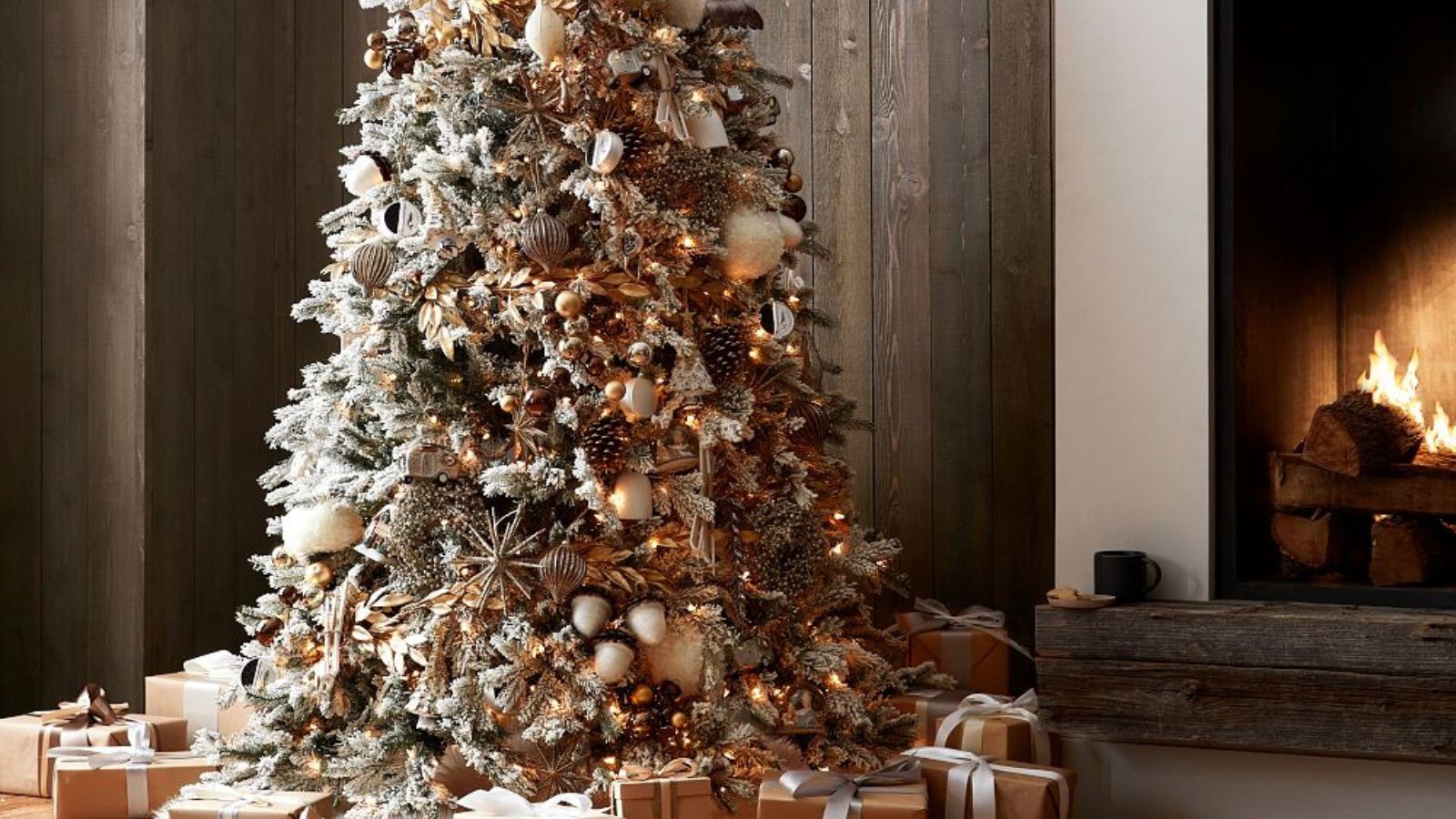 5 Christmas decorations to avoid if you hate mess – curb cleaning chaos with our pros' alternative picks
5 Christmas decorations to avoid if you hate mess – curb cleaning chaos with our pros' alternative picksChristmas decorations shouldn’t add to your stress over the festive season
By Chiana Dickson Published
-
 How to split festive decorating duties with your family without arguments – and 3 ways to manage it alone
How to split festive decorating duties with your family without arguments – and 3 ways to manage it aloneDecorating doesn't have to be stressful with these pro tips
By Chiana Dickson Published
-
 Christmas decorating stalled by missing tools and essentials? These 6 festive DIY job must-haves will get your delayed tasks back on track
Christmas decorating stalled by missing tools and essentials? These 6 festive DIY job must-haves will get your delayed tasks back on trackGet your holiday decorating going again with our Christmas first-aid kit
By Chiana Dickson Published